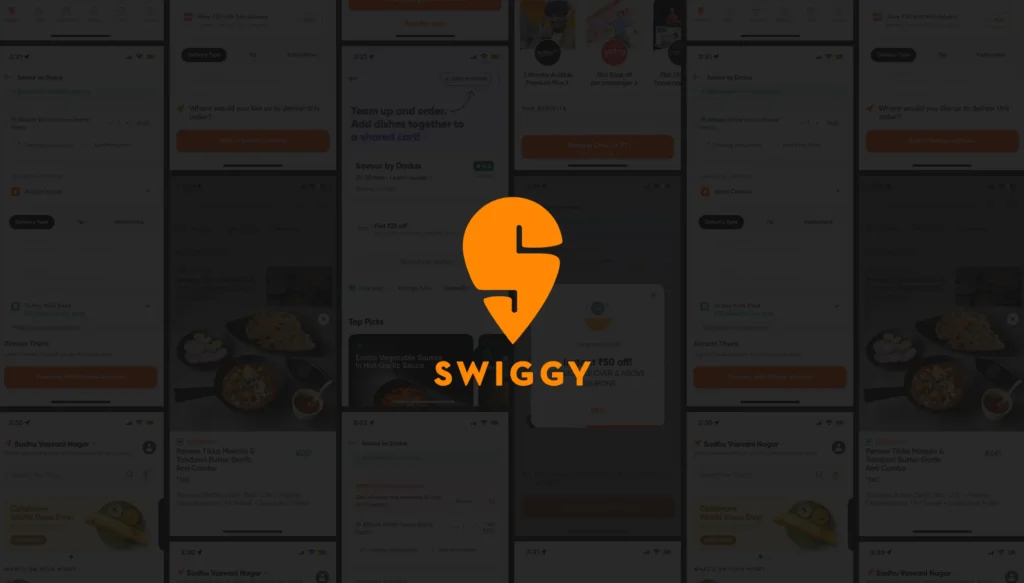7 Digital Customer Experience Trends to Know in 2024
Consumers today demand more than just functionality; they expect personalized, seamless, and secure experiences. Ignoring these expectations could mean losing market share to competitors who are quicker to adapt. From AI-driven personalization and omnichannel integration to sustainability and data privacy, these trends are shaping the future of digital experiences and the way businesses connect with their customers.

In 2024, a staggering 73% of consumers say their digital experience influences their purchasing decisions more than price or product quality. With such high stakes, businesses must not just meet expectations—they need to exceed them. To stay competitive, it’s important to understand and adapt to the evolving behaviours, preferences, and decision-making processes of today’s digital customers.
Upgrade Your Business with these Customer Experience Trends
Explore these latest trends in CX (customer experience) to help you enhance your customer experience strategy and create stronger connections with your audience
1. AI-Driven Personalization
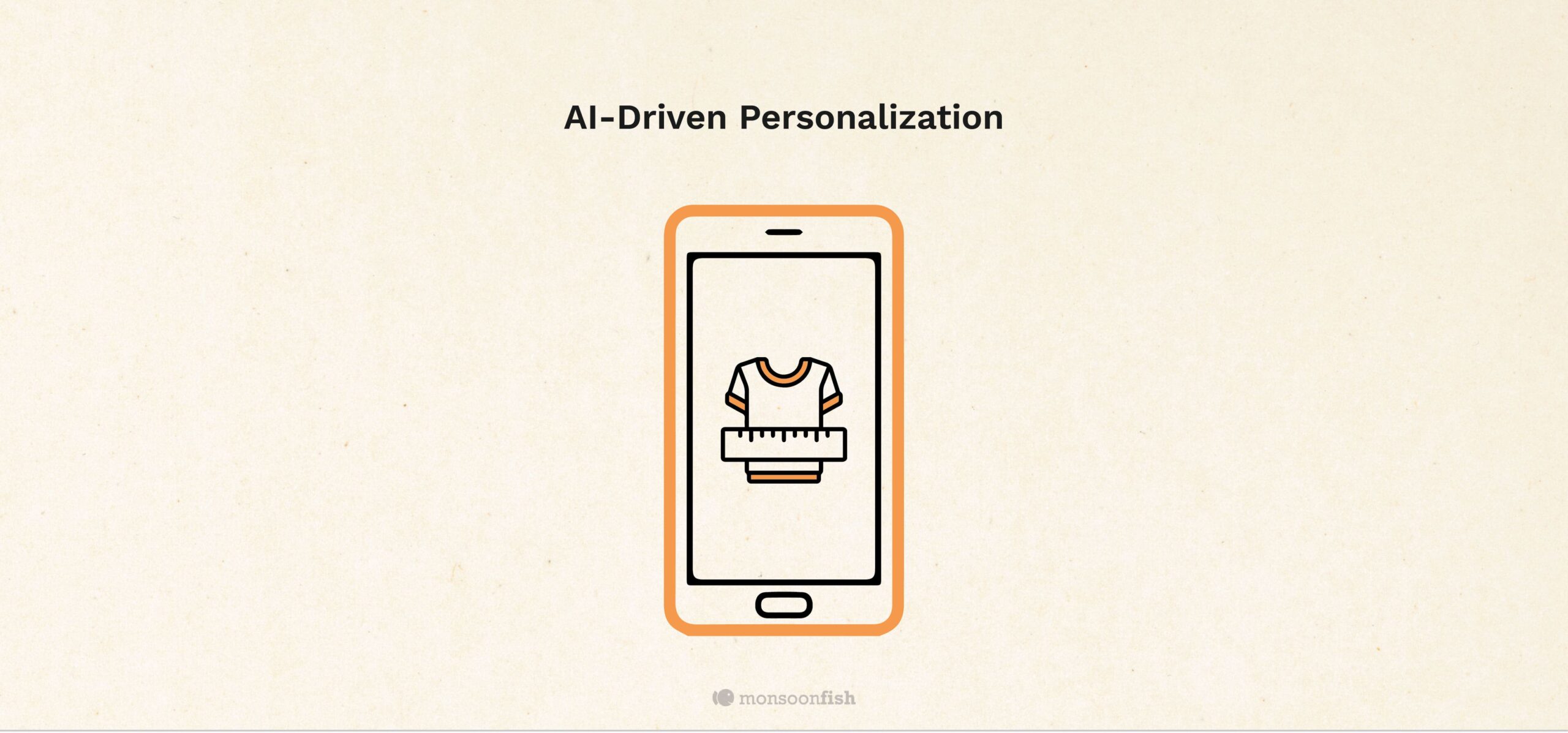
Emotional connection is important to customer experience, and hyper-personalization helps businesses strengthen that bond. By using CRM data and predictive analytics, companies can customize experiences with features like product recommendations, cart reminders, and personalised greetings.
How can businesses stand out in their personalization efforts? Improving hyper-personalization is a top priority for 42% of AI decision-makers. Using generative AI, companies can analyse individual behaviour trends to offer more personalised user experiences.
For instance, Amazon Fashion uses valuable insights unlocked by AI to improve the customer experience and address the size and fit challenges that are part of shopping for fashion online. By analysing the sizing relationships between brands, product reviews, and individual fit preferences, AI suggests the best-fitting size for each customer in real-time, making the shopping process smoother and more personalised for better user experience.
2. Omnichannel Integration
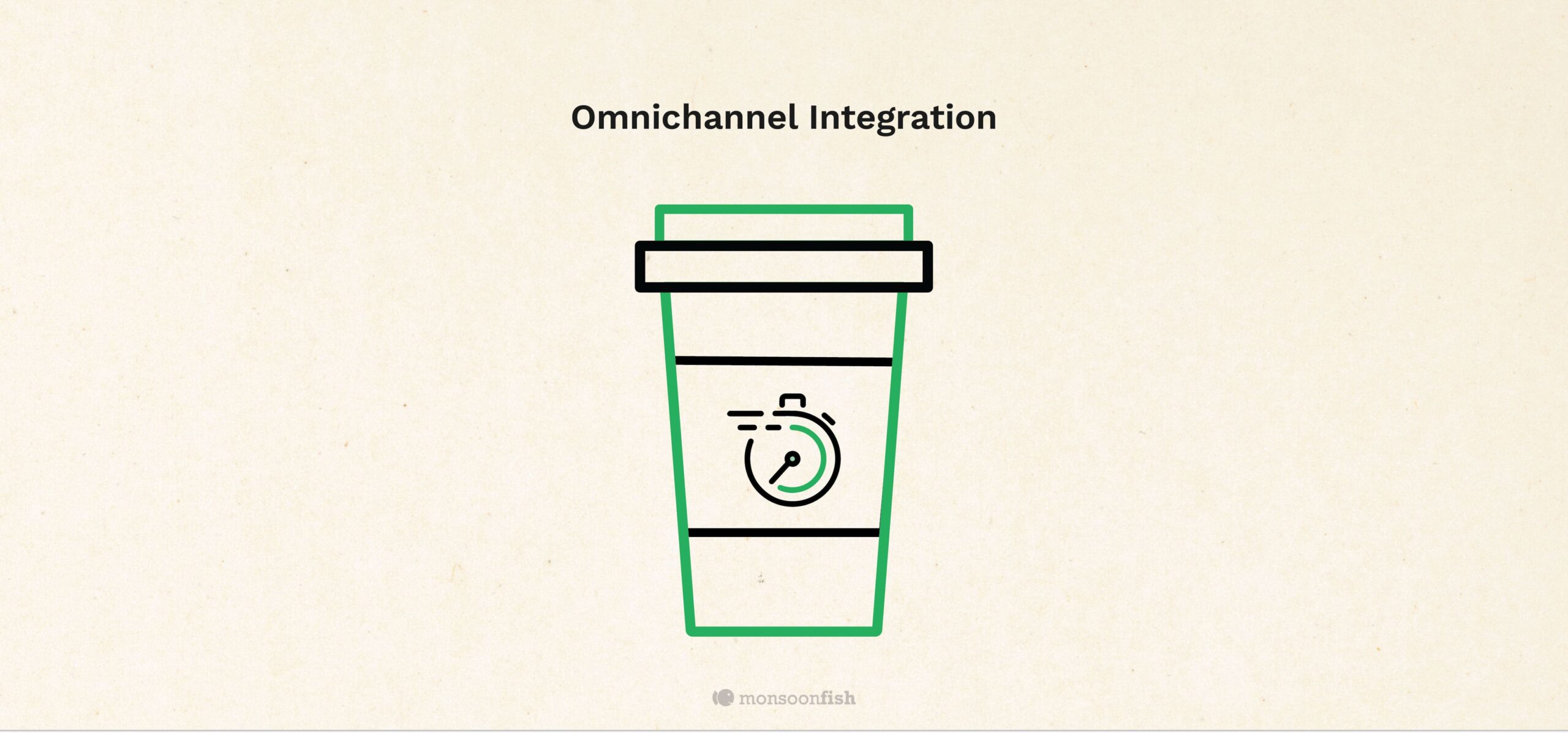
A user often interacts with a brand across multiple touchpoints before fully engaging with the business. Leveraging an omnichannel CX strategy can help businesses streamline this process by reaching customers on platforms like social media, streaming services, e-commerce sites, and more.
But understanding user behaviour on each platform is crucial. For instance, seeing a product in an online video ad may boost awareness, but it’s not always the most effective channel for immediate purchases. While it might not drive instant sales, it still plays a role in the broader user journey. Tailoring your messaging for each platform ensures a synced up omni channel presence.
Starbucks exemplifies a successful omnichannel strategy with its focus on customer experience. The brand creates a cohesive journey across its mobile app, website, social media, and physical stores. The platform eliminates several pain points — app users can find stores near them, they no longer need to wait in line, and they can order and pay ahead. It also offers personalised recommendations based on local store inventory, weather, and previous orders. Whether engaging online, on social media, or in-store, users experience the same exceptional service and brand continuity.
3. Sustainability as a CX Differentiator
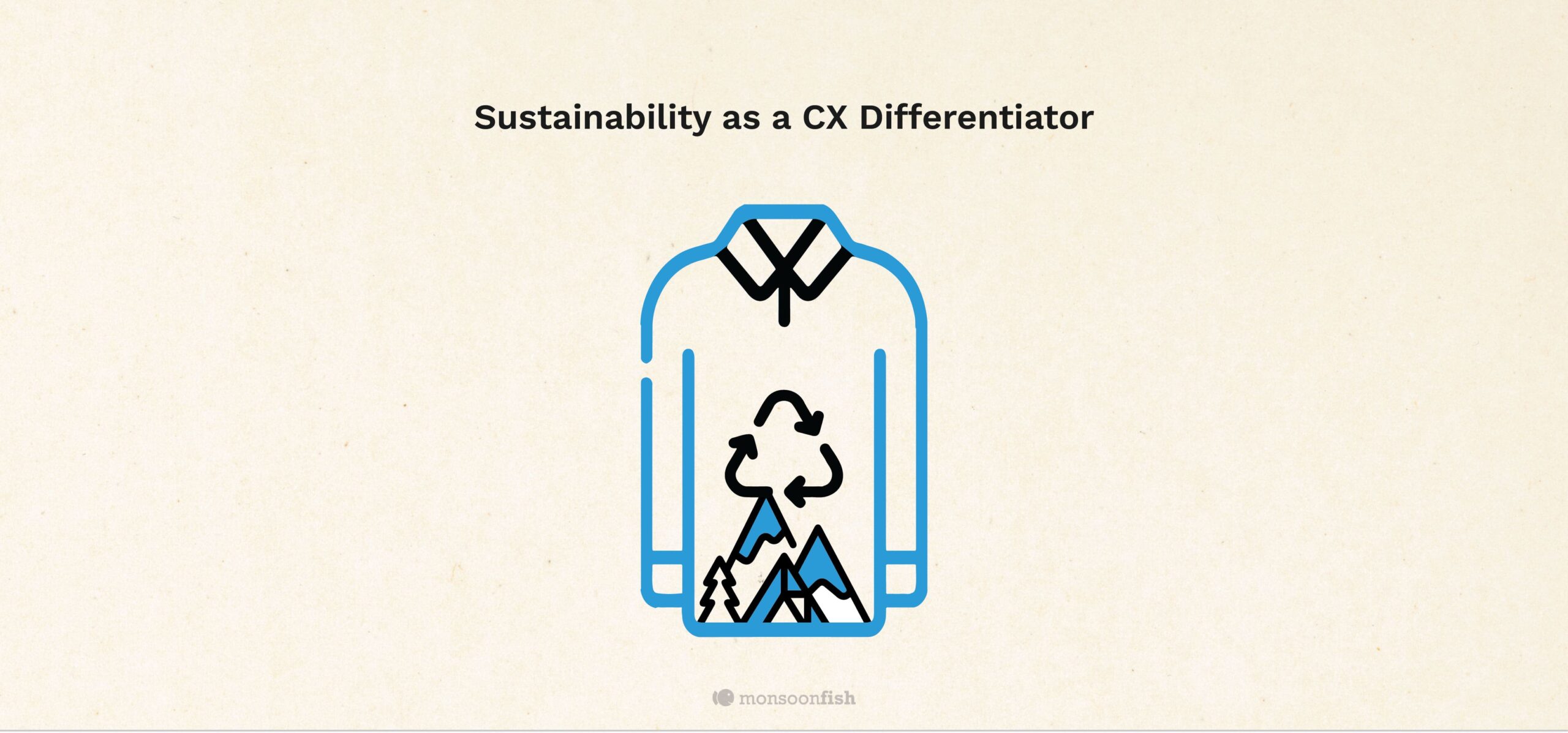
A new generation of consumers demands a fresh approach to customer relationships. With sustainability gaining traction as the need of the hour, brands must adapt their strategies to engage younger customers effectively. Gen Z and Millennials are 27% more likely to buy from brands that demonstrate a commitment to social and environmental responsibility. If sustainability enhances product quality, it can further increase customer satisfaction.
Take Patagonia, for example. This brand integrates sustainability into its identity, offering a dedicated section on its website for a Worn Wear program to trade in and buy used Patagonia gear. From using recycled materials to transparent reporting on their environmental impact, Patagonia’s commitment resonates strongly with younger consumers, building trust and loyalty which contributes to enhanced user experience.
4. Data Privacy and Customer Trust
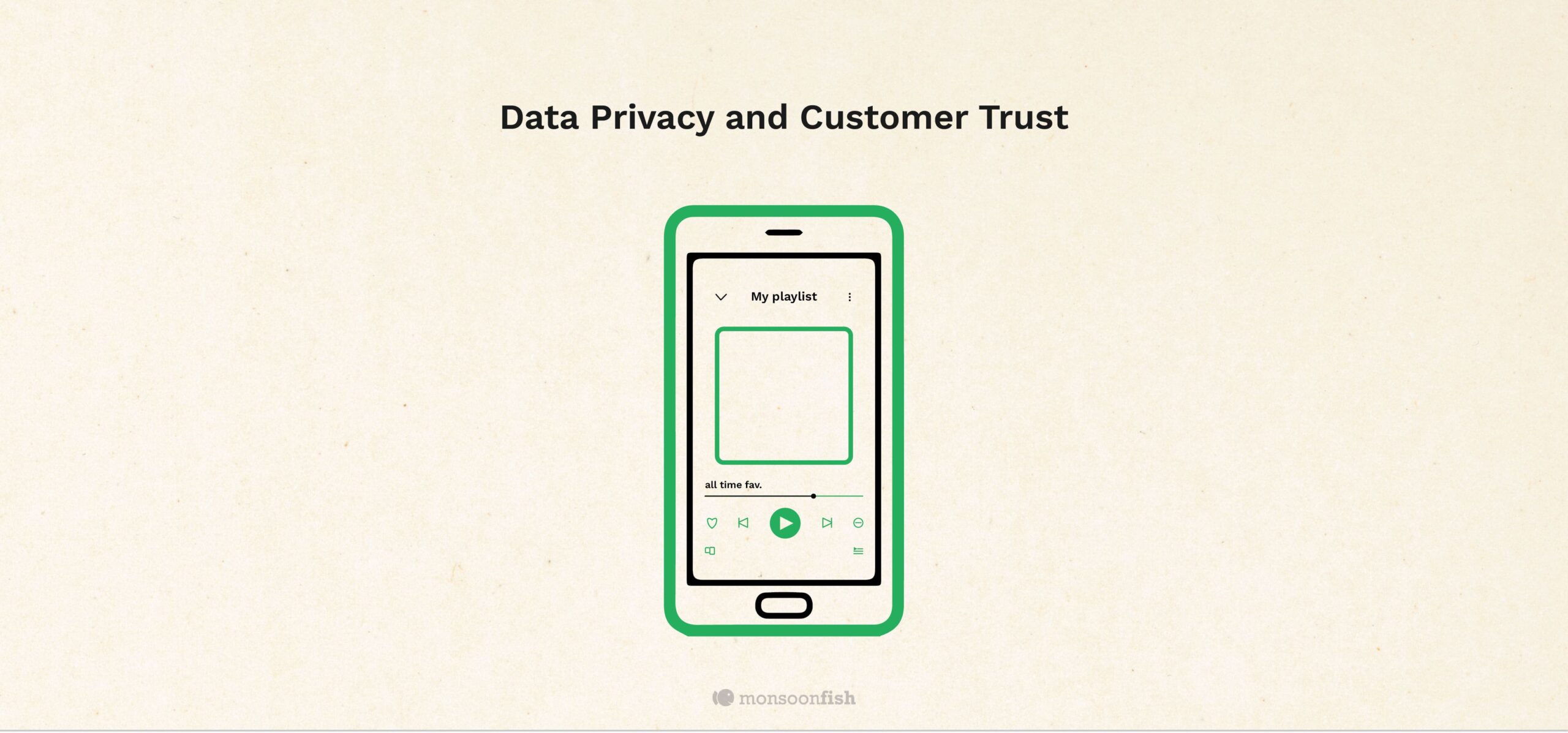
Customers are open to sharing personal information if it leads to real-time solutions and personalised user experiences. In fact, 50% are willing to share their data for a tailored experience. This can enhance relationships, products, and services. However, customers need to know how their data will be used and trust that it will be protected from breaches. Companies should clearly communicate their data usage and privacy practices to help consumers understand the benefits for their user journey.
Spotify uses user data to create personalised playlists and music recommendations. They clearly outline their data usage policies and privacy practices in their terms of service and privacy settings. Users can see how their listening habits are used to enhance their music experience and have control over their data preferences. This transparency helps users trust that their information is secure while benefiting from a customised user experience.
5. Mobile Experience Optimization
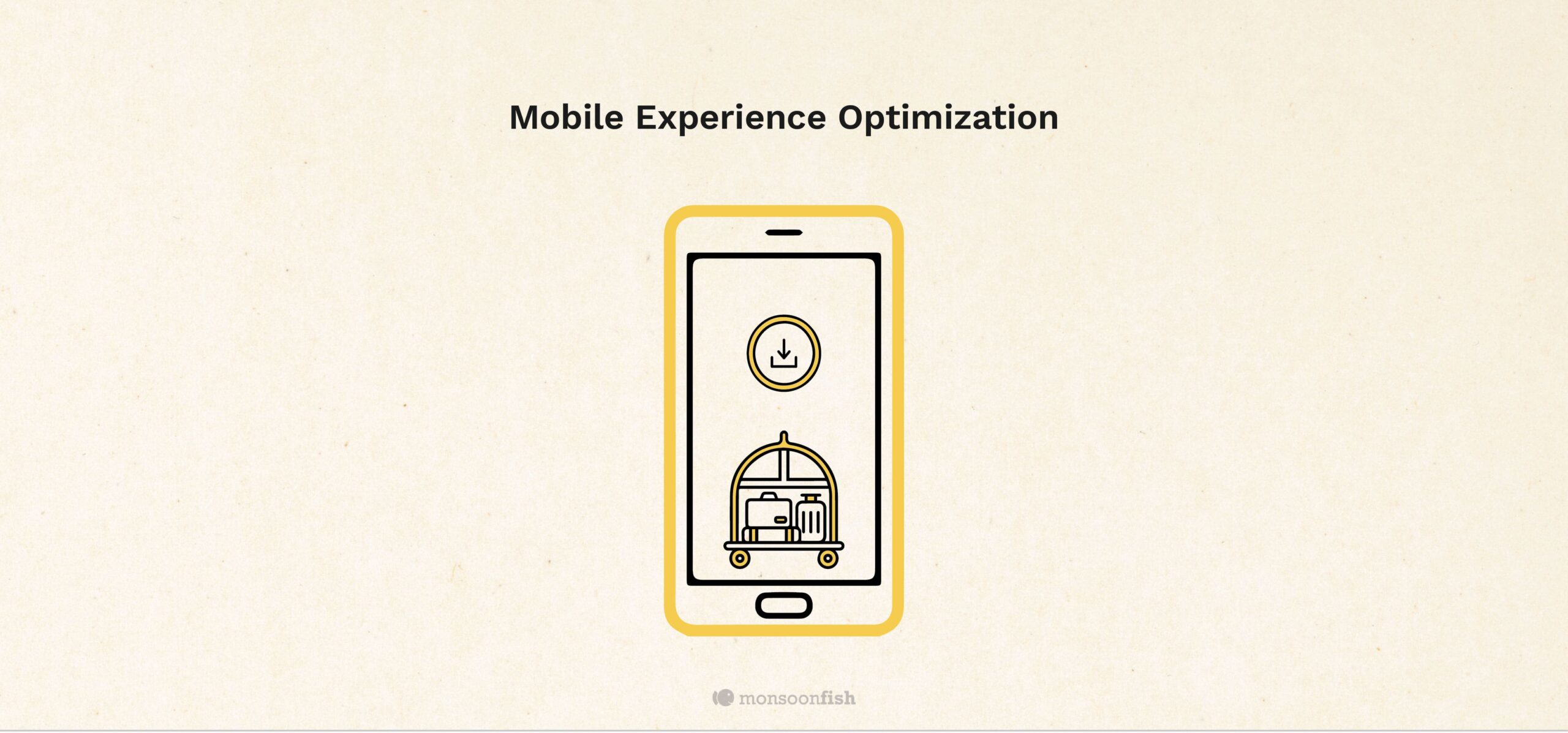
Having a seamless and efficient mobile platform for a brand plays a big role in the way digital customers experience it. This involves optimising website design, load times, and functionality for mobile devices to create a user-friendly experience. Airbnb is an excellent example of a brand that significantly benefited from optimising its platform for a mobile user experience. By enhancing its mobile app, Airbnb improved the customer experience with features like intuitive search filters, easy booking management, and instant communication with hosts — Simplifying for customers to browse listings, book accommodations, and manage their travel plans on the go leading to a better user experience.
6. Social Media as a Crucial Digital CX Channel
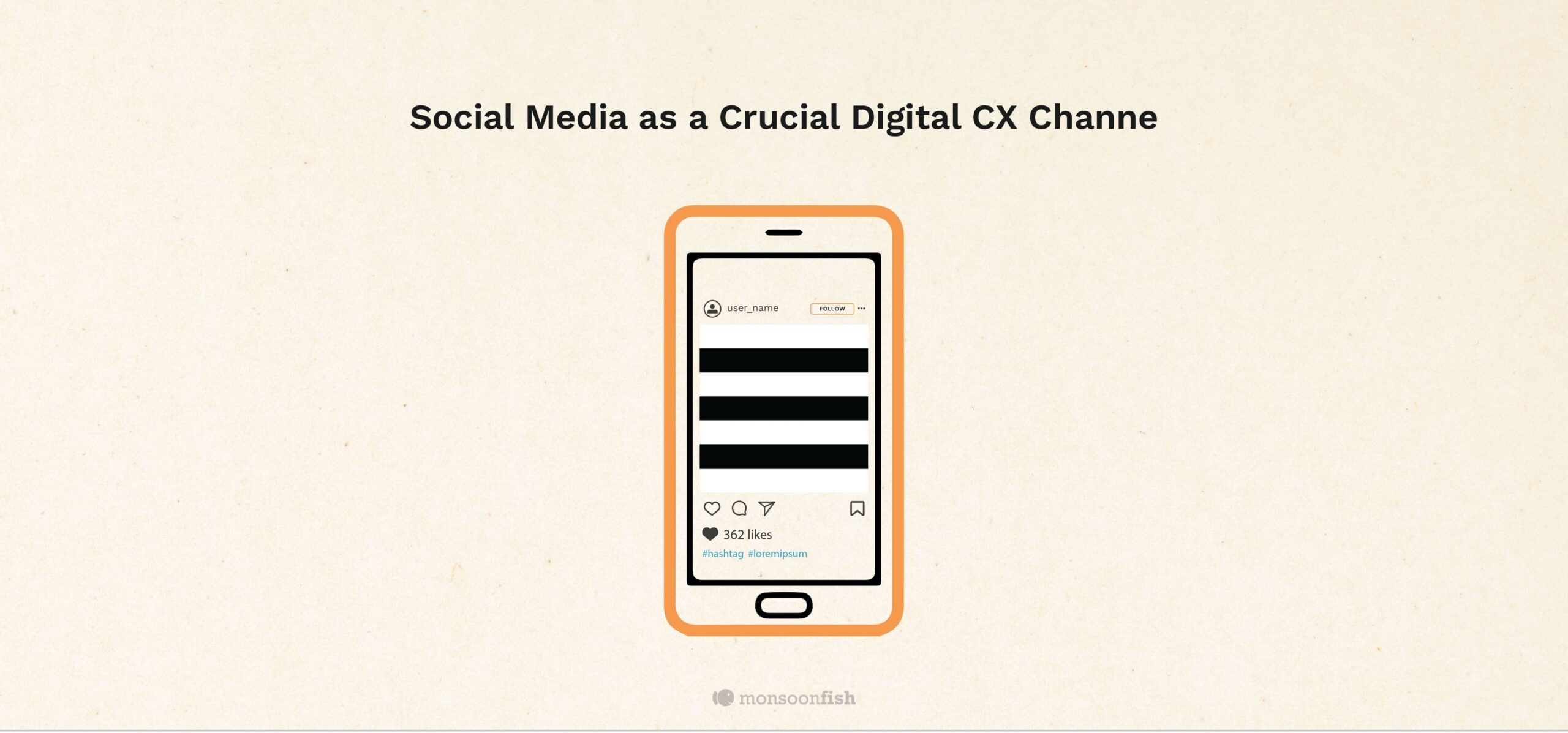
Social media is a big bus stop in the touchpoint journey for a digital customer experience. Businesses must harness its power not just for marketing, but as a channel for engagement, support and building community. Customers increasingly expect timely responses and personalised interactions through their preferred social platforms.
Sephora – The beauty retailer effectively uses social media platforms like Instagram and Twitter to engage its digital customers. This strategy not only promotes products but also offers personalised advice and addresses customer inquiries in real-time. Through interactive features such as live Q&A sessions, beauty tips, and product recommendations, Sephora creates an engaging social media presence which helps build a strong connection with and enhances their overall user experience with the brand.
7. Proactive Customer Service through Real-Time Data
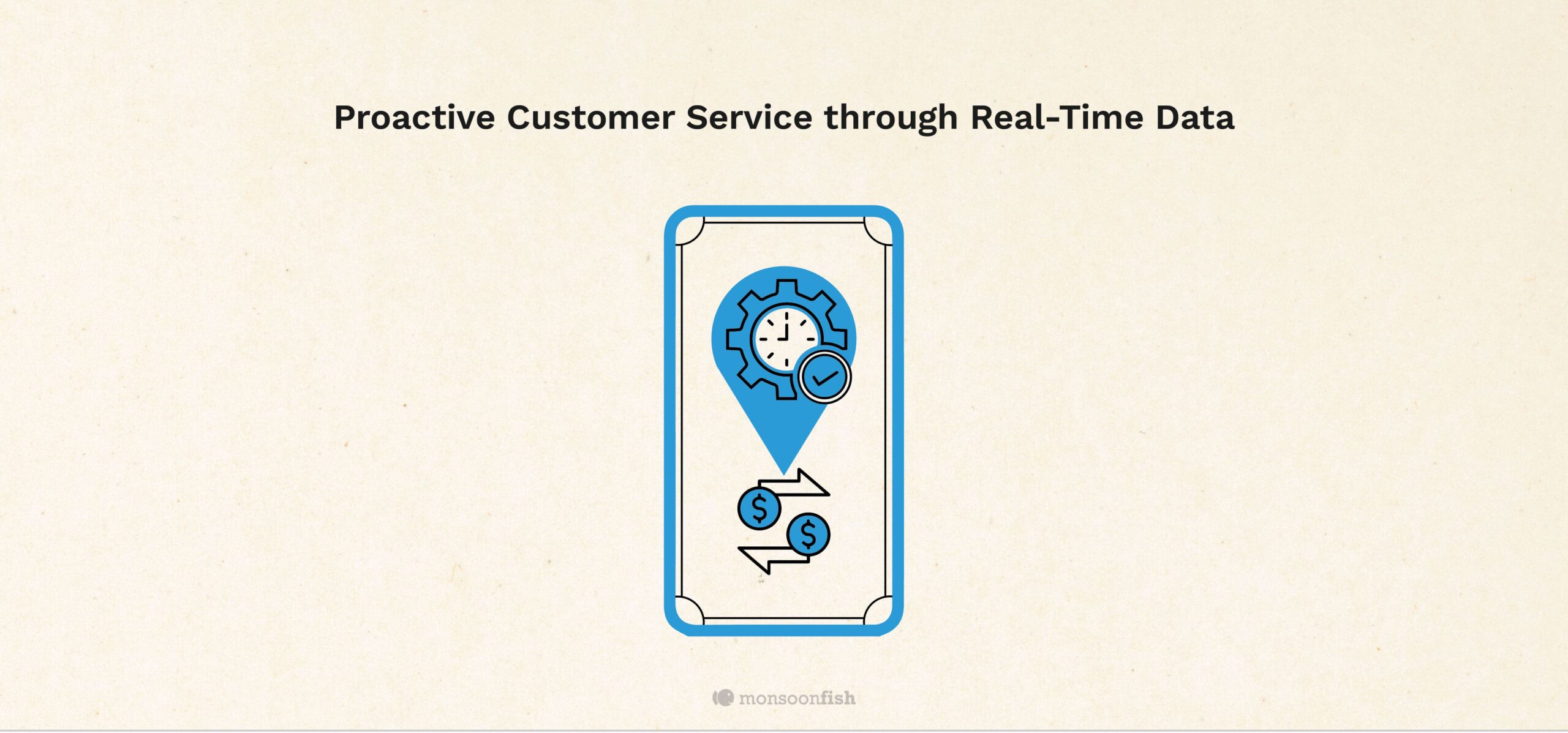
Proactive customer service is revolutionising how businesses handle interactions by leveraging real-time data analytics. Instead of waiting for issues to arise, companies anticipate and resolve potential problems before customers even notice them. HDFC bank excels in proactive customer service by using real-time data to detect and address issues before they impact customers. For example, if the bank spots unusual account activity, it immediately alerts customers via SMS or email, preventing potential fraud. This approach enhances security, builds trust, and ensures a smoother banking user experience.
Stay Ahead of Digital Customer Experience Trends with Monsoonfish
In 2024, digital customer experience trends demand that businesses be adaptive and quick to respond. Implementing innovations in DCX, from AI-driven personalization to omnichannel integration, is essential for building trust and delivering tailored experiences. At Monsoonfish, we provide seamless solutions for UI/UX, web, and app design, ensuring your digital client experience stands out. Let’s partner to enhance your digital presence with our diverse expertise and customised approach.
CATEGORIES





